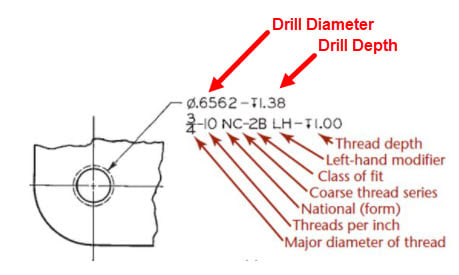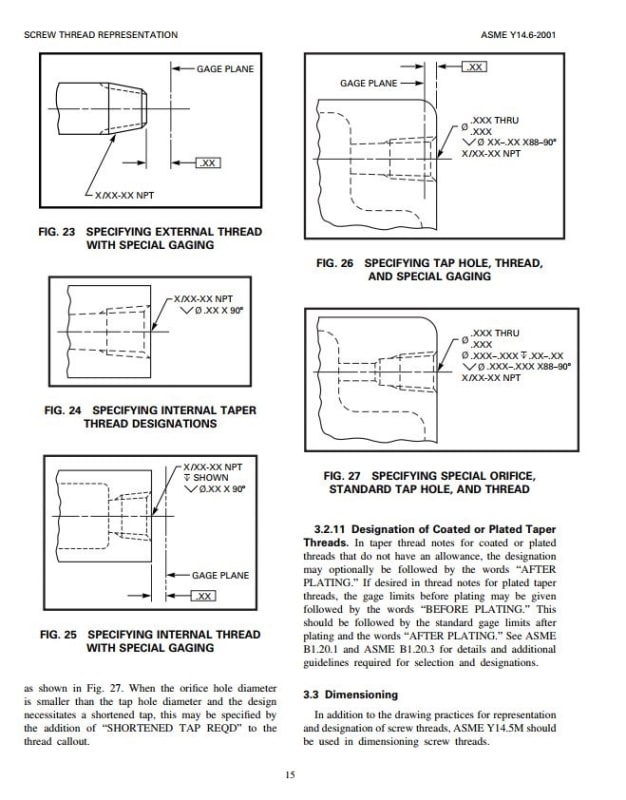CheckerHater
Mechanical
Is there a way in SolidWorks to:
a) Specify a length of incomplete thread?
b) Control a length of incomplete thread thru Hole Wizard or by other means?
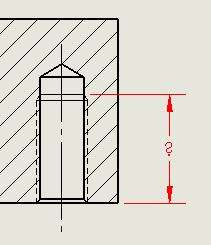
Thank you in advance. Any ideas will be greatly appreciated.
"For every expert there is an equal and opposite expert"
Arthur C. Clarke Profiles of the future
a) Specify a length of incomplete thread?
b) Control a length of incomplete thread thru Hole Wizard or by other means?

Thank you in advance. Any ideas will be greatly appreciated.
"For every expert there is an equal and opposite expert"
Arthur C. Clarke Profiles of the future

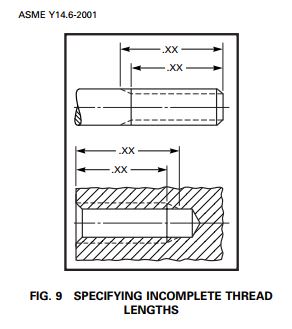
![[pc2] [pc2] [pc2]](/data/assets/smilies/pc2.gif)
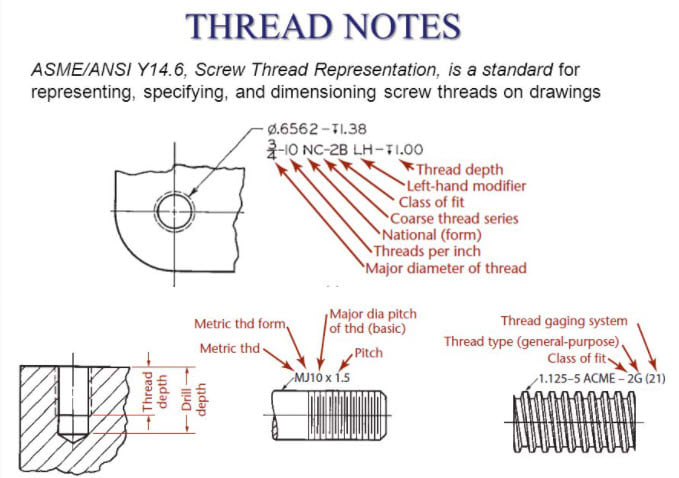
![[banghead] [banghead] [banghead]](/data/assets/smilies/banghead.gif) ) in college
) in college